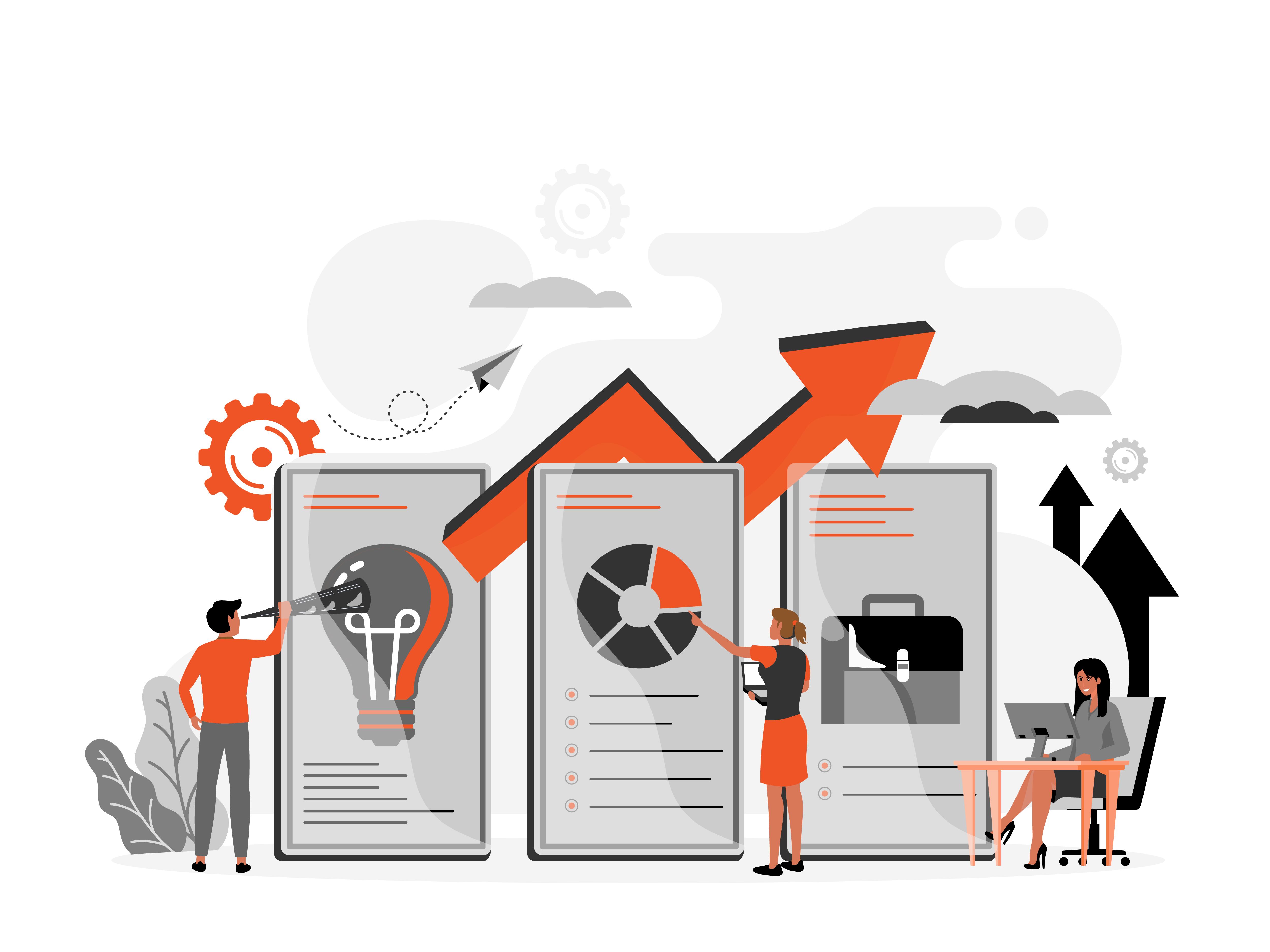Building a new software application is like constructing a new home. It’s an exciting process as you envision the end result and the benefits it will bring. But once the initial excitement fades, the work is far from over. Just as your home requires ongoing maintenance to stay in good condition, your software needs regular upkeep to remain functional and relevant to users, especially if it’s a software-as-a-service product.
Unlike adding new features, maintenance may not be as exciting, but it’s crucial for the long-term success of your software. Proper maintenance involves careful planning, budgeting, and execution, often happening behind the scenes without anyone noticing. Neglecting maintenance tasks can have serious consequences for your software in the future.
Many teams are eager to bring their product to market quickly to attract users and generate revenue. However, rushing through important steps in the development process can be costly and even disastrous in the long run. It’s essential to take the time to build a solid foundation, just like a house needs a strong concrete base before construction can begin.
Similar to how a home undergoes inspection before it’s sold, software applications also go through a due diligence process, where potential investors evaluate the business and its assets. This process includes security risk assessments and code reviews. If the software hasn’t been properly maintained and accumulated significant technical debt (the consequences of poorly written code and neglected upgrades), the deal can be jeopardized.
Technical debt, like financial debt, accumulates and can result in higher costs and potential loss of assets if left unpaid. Prospective buyers will thoroughly assess the software stack to estimate the total technical debt. To avoid this, committing to regular maintenance and risk analysis from the beginning is crucial rather than waiting for a due diligence event.
This article argues that an experienced team of technologists and product owners is best equipped to foresee risks and implement processes to avoid or mitigate them. Entrusting maintenance tasks to such a partner, whether internal or external, ensures the longevity and success of your software while maintaining high valuations.
The foundation of your software product refers to its infrastructure. Opting for a self-hosting solution may seem cost-effective initially, but it introduces risks and complexity. If the server goes down, the software becomes unusable unless backup resources and teams are working around the clock. Prospective buyers will assess the existing infrastructure if they plan to leave the application in place. A technology partner can advise on choosing reliable hosting providers with distributed networks and content delivery systems, ensuring high uptime, security, and incident management.
The application environment, particularly the software framework, is a significant component. Frameworks provide the structure for application software development and require maintenance for security and bug fixes. It’s important to keep the framework version up to date, as older versions can accumulate technical debt. Regular testing of the application with each new framework release is necessary. Choosing the right framework from the beginning is crucial, as migrating to a different one can be time-consuming and expensive. An experienced partner can guide you in selecting a framework with broad-based support, documentation, and a long projected lifespan.
Code review is an essential practice that confirms the use of best software development practices during application creation. Similar to a property inspection report for a home, a code review provides a baseline understanding of accumulated technical debt, scalability, and code maintainability. It helps determine what it takes to modify or add new functionality. A code review examines system design, architecture, codebase size, technologies used, complexity, privacy and security risks, and third-party dependencies. It also evaluates the robustness of algorithms and data models for future growth.
Data security is critical, and potential acquirers, larger customers, and investors often demand security assessments. These assessments analyze security patches, incident and defect analysis, privacy and security risks, third-party dependencies, and infrastructure risks. In some industries, companies must meet data security standards, and failure to do so can result in penalties. Security plans based on established frameworks and proper corporate governance documentation are essential.
A well-defined product roadmap is crucial for the future of your software during due diligence. Just as a house has a future, your software must have a documented plan for future technology maintenance. Documentation and procedures should mitigate the risk of losing a key person and ensure the application can operate without them.
Product teams can plan future maintenance work effectively and impress during due diligence by integrating maintenance activities into feature enhancements and new releases. Experienced entrepreneurs and technical product owners can provide valuable guidance based on their own experiences, helping combine expectations with the reality of software development.
At REEA Global, our team members are experienced entrepreneurs who have launched numerous products, started and sold companies. We’re not just consultants; we’re builders and entrepreneurs who partner with you to optimize your software’s health, accelerate product development, and maximize its value. Contact us to discover how we can help increase your valuation and reduce technical debt.
In the high-stakes world of private equity, effective post-acquisition integration is crucial for maximizing investment value.This complex task involves more than just merging financial statements; it requires a comprehensive blending of systems, cultures, and operational strategies.
